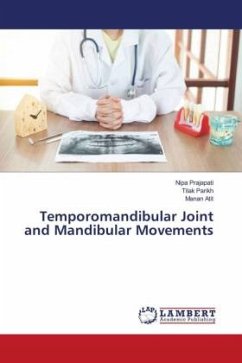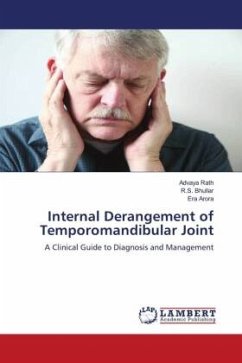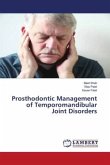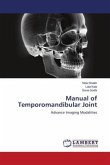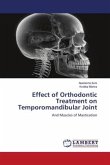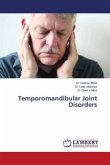The temporomandibular joint (TMJ) is a highly specialized joint of human body. The name is derived from the two bones which form the joint; the upper temporal bone which is a part of the cranium, and the lower jaw bone called the mandible. The temporomandibular joint (TMJ) is bilateral, one on either side, working in union. The TMJ is certainly one of the most complex joints in the body. It provides for hinging movement in one plane and considered as ginglymoid joint. At the same time it also provides for gliding movements, which classifies it as an 'ginglymo di-arthriodal joint'. An orthodontist is capable of correcting occlusal relationship, condylar position and CR-CO relationship. Hence, the orthodontist is expected to possess knowledge of temporomandibular growth, morphology, function, and characteristics. The temporomandibular joint, however, continues to cause more controversy and present more inconsistencies than any other structure with which the orthodontist is concerned. Hence, an attempt is carried out to comprehensively understand the mystery of temporomandibular joint.
Bitte wählen Sie Ihr Anliegen aus.
Rechnungen
Retourenschein anfordern
Bestellstatus
Storno

